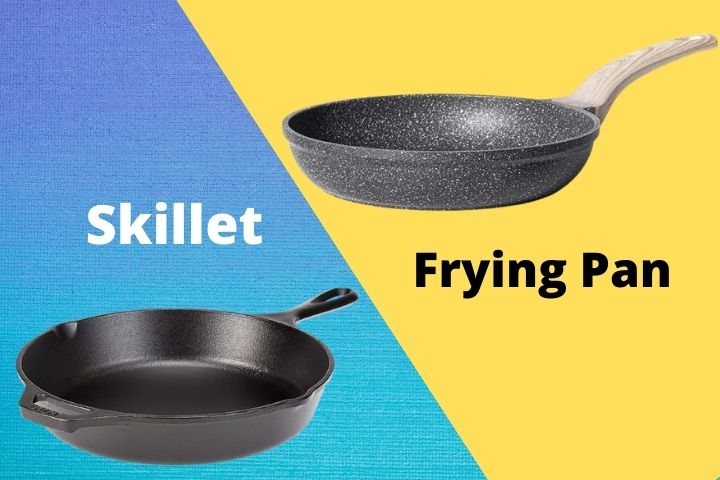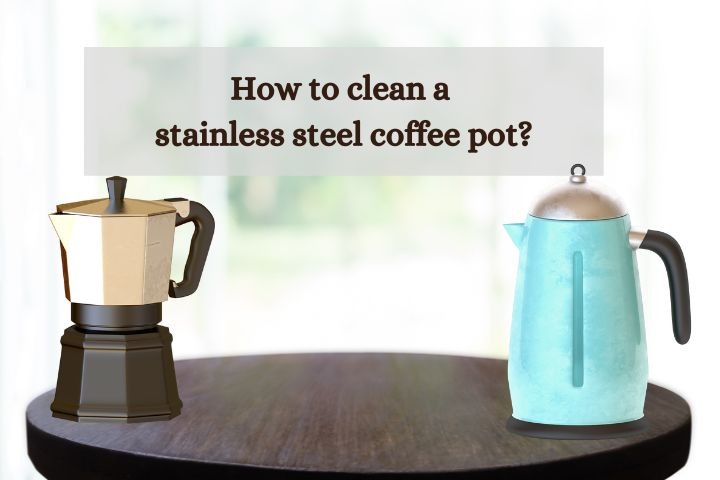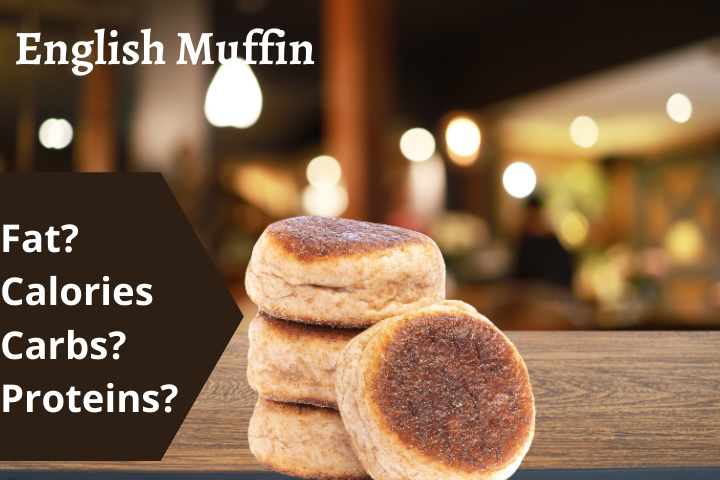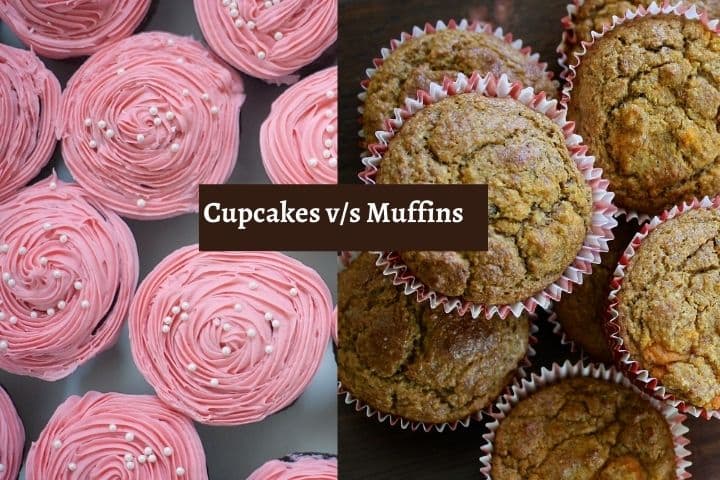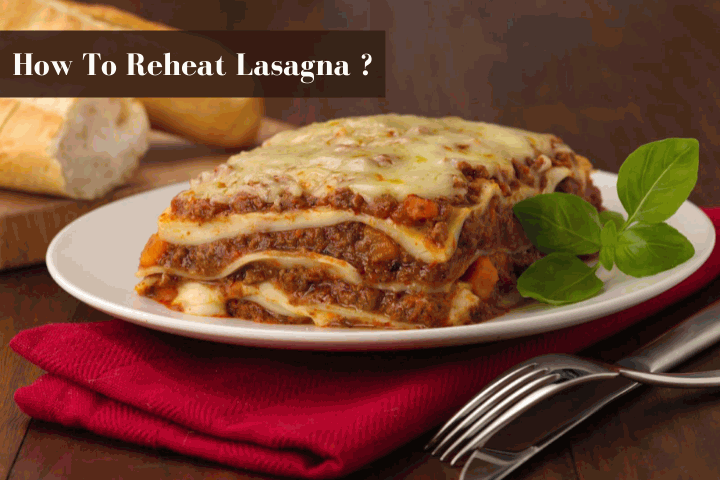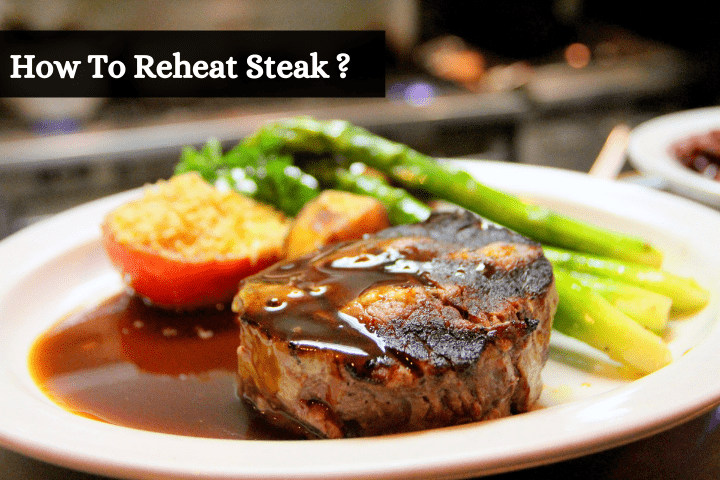
Table of Contents
- Reheating a steak in a microwave
- Reheating a steak in an oven
- Reheating a steak on the stovetop
- Reheat the steak with some beef broth
We know how hard it is to get a perfectly cooked medium-rare steak right the first time in a skillet. And it’s obviously not too much to expect the leftovers to taste just as good, if not exactly the same, the next day. Let’s try to answer the question, how to reheat steak? We know that it is essential to reheat steak the right way to avoid the meat from becoming rubbery.
And so, we’ve got a few tricks up our sleeve that will make reheating steak as simple as it can get for all of us. Let’s dive in shall we?
While the first preference generally is to reheat a steak in an oven, you could always choose to go for a microwave in case you are running short of time. The first thing to do here, is take a microwave dish, a deep dish if possible and place the steak in it.
Cover the dish with a microwave-safe plastic cover and place it in the microwave. Then set the microwave to medium heat and cook the steak for 30 seconds on each side. After every 30 seconds, flip the steak onto the other side and continue the process for 2-3 minutes. The steak is now ready to be served.
This is the best way to reheat steak. Although reheating steak in an oven may take some time, the results are quite promising. Now, for this process, you need to first preheat the oven for 250-270 degrees. On a wire rack, place a baking sheet and then place your steak on it. Cook the steak in the oven for about 20-30 minutes until the internal temperature reaches 110 degrees.
The next step is to heat a stove pan and add a tablespoon of oil. Place the steak into the pan and sear it. Cook each side for about one minute. By this time, the steak will turn juicy on the inside and lightly crispy on the edges. Serve the steak and get ready to eat.
Related Article : Best Pans To Cook Steak
This method of reheating grilled steak may seem simple but requires your complete attention. Bring the leftover steak from the refrigerator in a dish and let it cool down to room temperature. Then place the steak on the skillet and add a teaspoon of olive oil around it. Sear the steak on both sides for a couple of minutes and cover the lid after the steak is evenly cooked on both sides . Serve the reheated steak.
One other way to reheat a steak on the skillet is by adding beef broth to it. Place the skillet onto the stovetop on medium heat. Add some beef broth and wait until it bubbles up. When the broth starts to heat up, put the steak and cook it just for a few minutes on both sides. The broth adds moisture to the steak and enhances its flavour. Now the steak is ready to be served hot.
Conclusion
While no one likes to let leftover steaks go to waste, it is important to know how to reheat steak the right way. All techniques mentioned above are the best possible ways to reheat steak and also retain its moisture. We hope you try them all and have an enjoyable experience while you are at it!
Interesting Articles for You:

